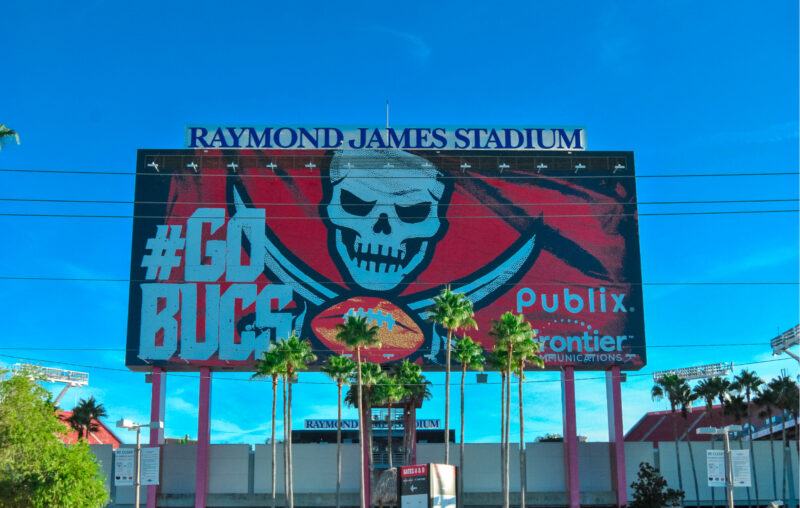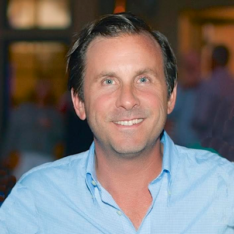As Tom Brady Reaches His 10th Super Bowl, Does Inequality Still Bother You?

On January 26, 1995 heavily recruited Rich East (Illinois) High School quarterback Quincy Woods signed a letter of intent to play for John Robinson and the USC Trojans. Almost 26 years later to the day, Tom Brady quarterbacked the Tampa Bay Buccaneers to the Super Bowl. What a story Brady is. After being taken with the 199th pick in the 2000 draft, and after being picked behind forgotten qbs like Spurgeon Wynn and Giovanni Carmazzi, Brady started a professional football career that’s incomparable in its brilliance. No other sports career really comes close.
Still, Brady’s draft status and his achievements are knowns. There’s more to this story. Indeed, in talking about how many teams passed on Brady in 2000, we’re really getting ahead of ourselves. There’s still Quincy Woods to discuss.
What do the two have to do with one another? A lot, or very little, depending on your perspective.
The main thing for now is that talent is a funny thing. Woods’s signing by USC had at the time a pretty difficult impact on Brady. Having played high school football up north in San Mateo, it was Brady’s plan (or dream) to play at USC. The problem was that with the signing of Woods (the player Robinson most yearned for throughout the recruitment process), Brady was suddenly expendable. USC was no longer an option after Robinson signed the #1 recruit on his list.
The rest is history. At least sort of. Woods was rather unequal to Brady seemingly in the eyes of everyone, but instead of allowing mere perception to stop him in his pursuit of greatness, Brady signed with Michigan. They say Michael Jordan reached remarkable heights for, among other things, always creating enemies and doubters in his mind. Looking back, Brady perhaps did too? Inequality, whether real or perceived, is a spur to greatness. Brady had something to prove after USC better-dealed him.
Though in Brady’s case greatness didn’t come right away. He backed up Brian Griese at Michigan, and it was Griese who led the team to a victory (and national championship) in the 1998 Rose Bowl. Notable there is that the most NFL-coveted quarterback on the Rose Bowl field the day of Michigan’s championship was Ryan Leaf, who starred for Washington State. Months later he was picked #2 in the NFL draft behind Peyton Manning. Many thought Leaf better than Manning. Realistically no one was contemplating Brady.
Of course, with Griese headed to the NFL after the national championship, Brady would surely get his chance. Right? Not so fast. Though Brady started in the 1998 season, Drew Henson came along the following season. Viewed by some as the best high school quarterback the state of Michigan had ever produced, Henson was returning to football after a stint with the New York Yankees. Henson was arguably one of the better athletes to ever play at Michigan. Henson and Brady subsequently shared a lot of time on the field in the fall of 1999. Inequality got to Brady again. Rare was the coach willing to keep someone of Henson’s perceived caliber sidelined. Presumably this decision contributed to Brady’s lower draft stock. Overshadowed and dismissed. Something like that.
Still, Brady was drafted in April of 2000. The New England Patriots had fired Pete Carroll at the end of the 1999 season after the Patriots missed the playoffs. They’d won the AFC East in 1997, they were a Wild Card entry in 1998, but ultimately Carroll couldn’t win with Drew Bledsoe. Neither could his replacement, Bill Belichick. Though Bledsoe was the #1 pick in the 1993 NFL draft, though he’d had a Super Bowl Season in 1996, neither Carroll nor Belichick could get back to the Super Bowl with him.
Then Bledsoe went down with a serious injury in the second game of the 2001 season. Brady subsituted in for him, and at season’s end Brady was a Super Bowl champion. As is well known, he subsequently won five more Super Bowls for the Patriots, and participated in eight more Super Bowls total. Brady was almost certainly a lock for the Hall of Fame after winning his second one in 2004, but as mentioned he went on to win four more. His career is yet again incomparable. It would be hard for anyone to make a credible argument against Brady as the best football player ever.
This was true before Tampa Bay made it to the Super Bowl, and it’s near impossible to argue with after Sunday’s victory. Brady brings new meaning to “vital few.” Call him the vital “ONE.” Where he goes, winning follows. Just as Bill Parcells never won a Super Bowl without Belichick running his defenses, Belichick’s never been much of a winner as a head coach without Brady. He was 36-44 during his first head coaching stint for the Cleveland Browns, and then he was 5-11 in his first season with the Patriots after replacing Carroll. Bledsoe was his quarterback.
Then Brady as previously mentioned filled in for an injured Bledsoe, only for the Patriots to go on the greatest run of brilliance in NFL history. After last season the Patriots parted ways with Brady, and it was well known Belichick felt it was time to move on from the aging quarterback. The 2020 Patriots without Brady went 7-9 and missed the playoffs. Brady will play in his 10th Super Bowl.
The unequal elevate those around them. Does anyone think the Patriots would have missed the playoffs had Brady stayed? Does anyone think the Buccaneers would be in the Super Bowl without Brady? Let’s be serious.
In a sports sense, Brady the NFL quarterback is the living definition of unequal. So, did he harm anyone in pursuing greatness against all odds? Is the world a worse place? Other than Green Bay Packers fans, has Brady’s greatness born of relentless effort hurt anyone? Would any NFL fan reject having Brady, or someone as great as he is on their favorite team? These questions answer themselves. The simple truth is that the world would be a pretty bleak place without the unequal. Not only do they lift their teams and corporations, they make life colorful. And they give those who aren’t unequal someone to aspire to.
Notable about all this is that Tom Brady’s predecessor at quarterback in Tampa Bay is former #1 pick in the NFL draft, Jameis Winston. Brady’s made a career out of replacing quarterbacks more highly regarded than he once was. Perhaps his Jordanesque enemies are the garlanded players that he never was, or was incorrectly never thought to be. Maybe they made him.
This may include Quincy Woods who, after three seasons at USC, left the team after never living up to the potential that few saw in Brady. The unequal lift us, and they lift us. Get it?
Reprinted from RealClearMarkets.










